Indian's marketing director shares with us the secret to the iconic brand's renaissance.
It’s hard to talk about the motorcycle industry in 2017 without talking about Indian Motorcycles. Sales for the Polaris-owned brand have been soaring with double-digit growth while another American cruiser brand which will remain nameless is struggling. Motorcycle sales in the States are down overall but that hasn’t stopped Indian from growing its market share in big bikes from three percent to ten percent in just one year. The boys in Milwaukee still have a comfortable lead in the segment, but the gap is closing faster than anyone could have predicted.
So what’s the secret? What’s the special sauce behind Indian’s success? We reached out to Indian’s marketing director Reid Wilson to find out.
“There are a variety of factors that we believe have played a role in our ability to outperform the industry throughout 2017, no less of which is momentum,” said Reid. “We’ve been able to sustain and build upon the significant momentum we established with key product line introductions in recent years, including Scout and Chieftain, both of which remain consistent performers for us.”
Indeed, the Scout has become a segment leader in entry-level cruisers terms of power, engineering, and style at a competitive price. The Chieftain does everything a touring bike is supposed to do. It’s big on long-distance comfort, modern technology, retro/modern style, and enough special editions to keep it interesting.
“We’ve built on that momentum with a careful balance of commitment to our heritage, coupled with a focus on modern design and performance,” said Reid speaking further to the brand’s momentum. To me, this statement hits the nail on the head for Indian. The brand has found the perfect blend of looking back to its heritage and looking forward to its future. Indian injects just enough “heritage” into its bikes without getting too hung up on it while giving the bikes enough new-school flair and class-leading performance to stay truly modern and competitive. Nobody would mistake a 2017 Indian for a model from 30 years ago, which is something not all American cruiser brands can claim.
That’s a great ethos, so how does it play out in practice? “Examples of this would be successful modifications to some of our popular models, such as injecting the Chieftain platform with a heightened level of attitude through the introduction of the 19-inch wheel and open fender, or the limited edition ‘Elite’ series models for Chieftain and Roadmaster, as well as our popular limited-edition collaborations with Jack Daniel’s,” said Reid. “At the same time, the new Scout Bobber was designed to appeal to a younger consumer that’s seeking a more nimble, aggressive type of cruiser. For that reason, we launched the bike at X-Games in Minneapolis at a huge party we hosted for the top action sports athletes and, overall, the launch has been extremely successful for us.”
Another thing about Indian that’s impossible to ignore is its dominant success in flat track racing having recently won the grand national title. “The investment and commitment we’ve poured into Indian Motorcycle Racing in the American Flat Track series is paying off, reminding riders that our brand remains one grounded in the highest levels of innovation and performance,” said Reid.
We asked Indian what the brand is planning on doing to continue this momentum. “First, and foremost, we will be maintaining our steadfast dedication to the customer, providing a product that consistently delivers in terms of timeless style, unmatched quality, and performance. These characteristics will remain the cornerstone of the Indian brand,” said Reid. “We will also honor the spirit of innovation and exploration that the Indian brand was founded upon more than a century ago, venturing into new categories with new models that push forward and expand Indian’s relevance with a wider range of riders.” To put it simply, Indian figured out a winning formula and it’s sticking to it.
Any brand that’s old enough can hang its hat on “heritage” and “character” and call it a day. But that isn’t cutting it anymore. Indian is proving that it takes more than a “Since 1901” inscription on the engine to sell bikes. The motorcycles have to be truly new and innovative while proving their performance, sometimes by becoming flat track champions. If the competition can’t keep up, it will continue losing relevance until Indian is king again for the first time in about century.
Source: Here’s Why Indian Motorcycles Is Growing While the Competition Struggles







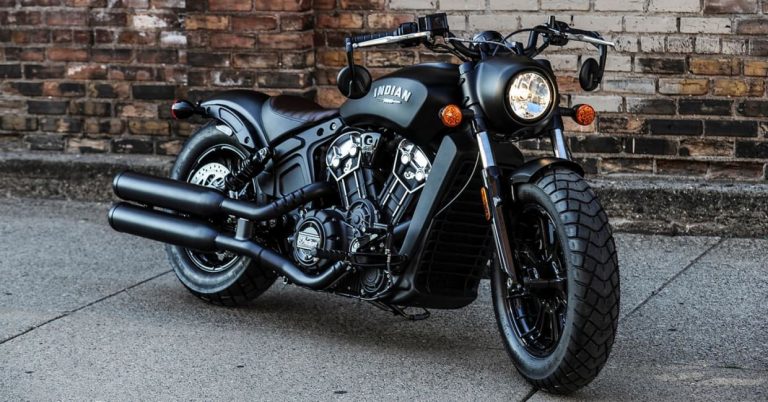
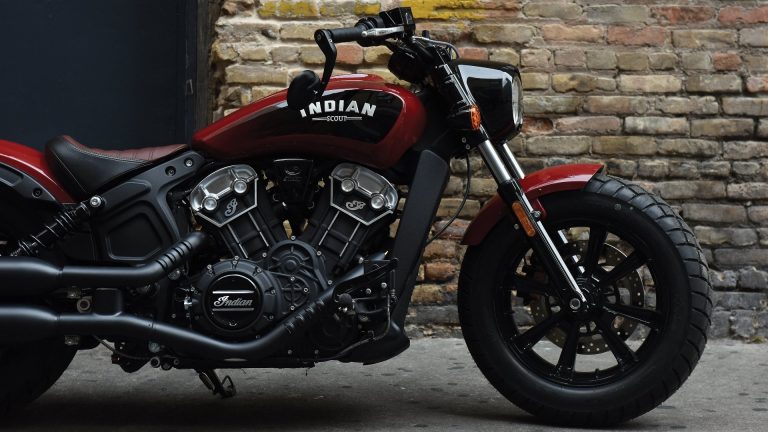
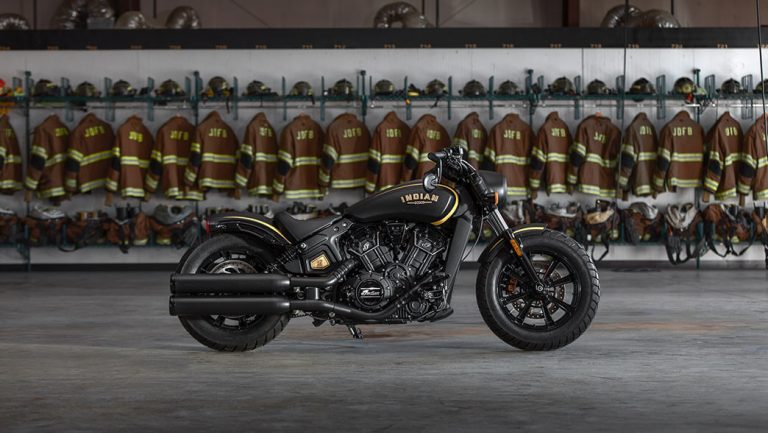
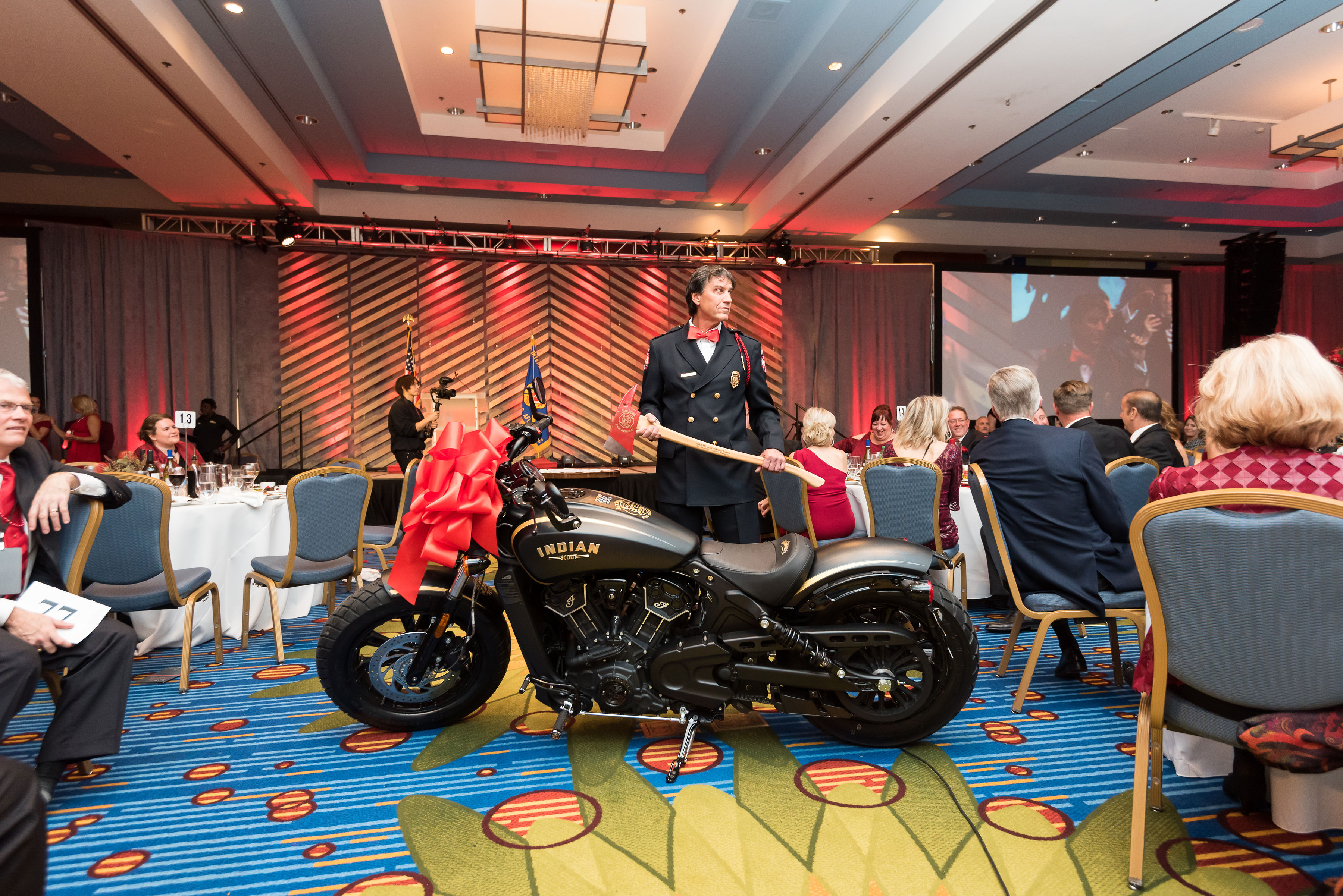
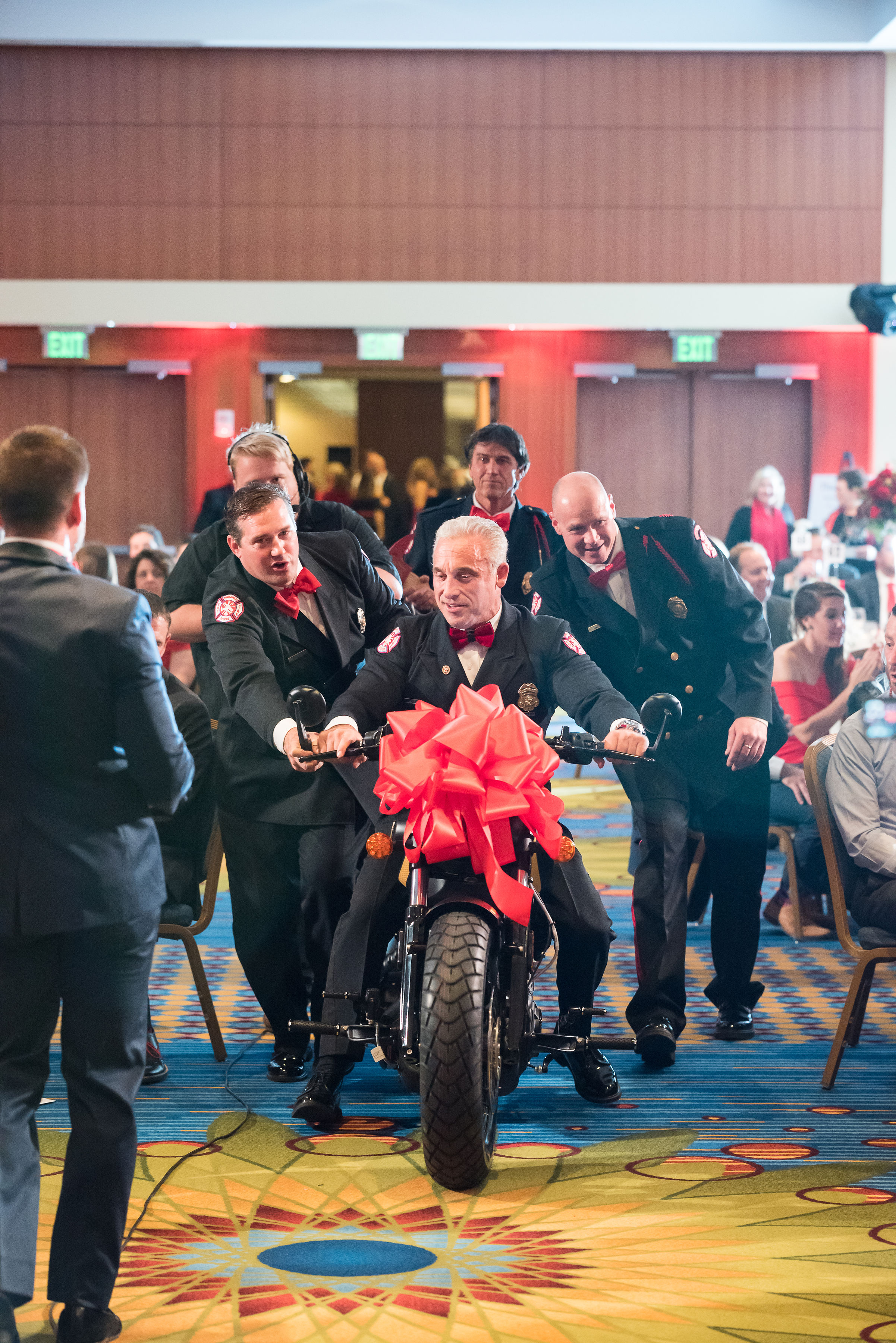
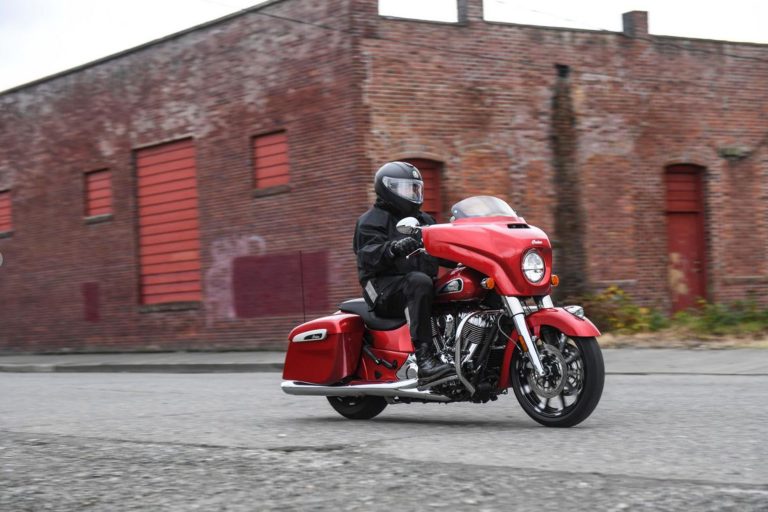
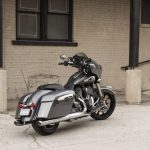
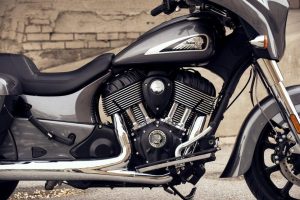
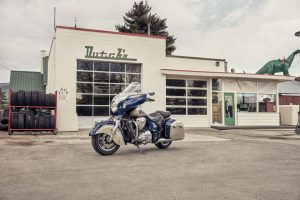
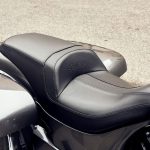
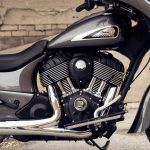
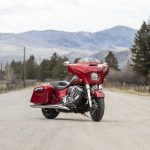
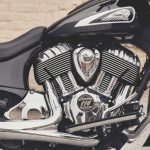
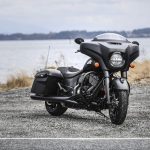
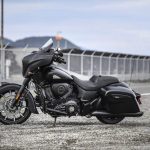
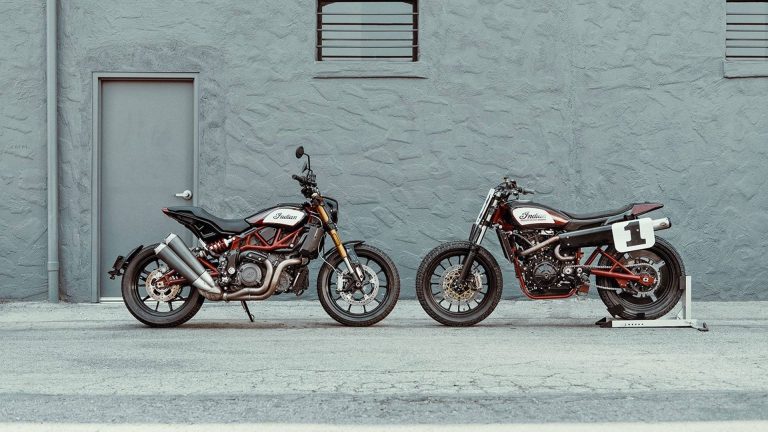
 Eric Brandt
Eric Brandt
 Indian Motorcycle- Jared Mees doing a burnout at the unveiling of the FTR 1200
Indian Motorcycle- Jared Mees doing a burnout at the unveiling of the FTR 1200 Indian Motorcycle
Indian Motorcycle

